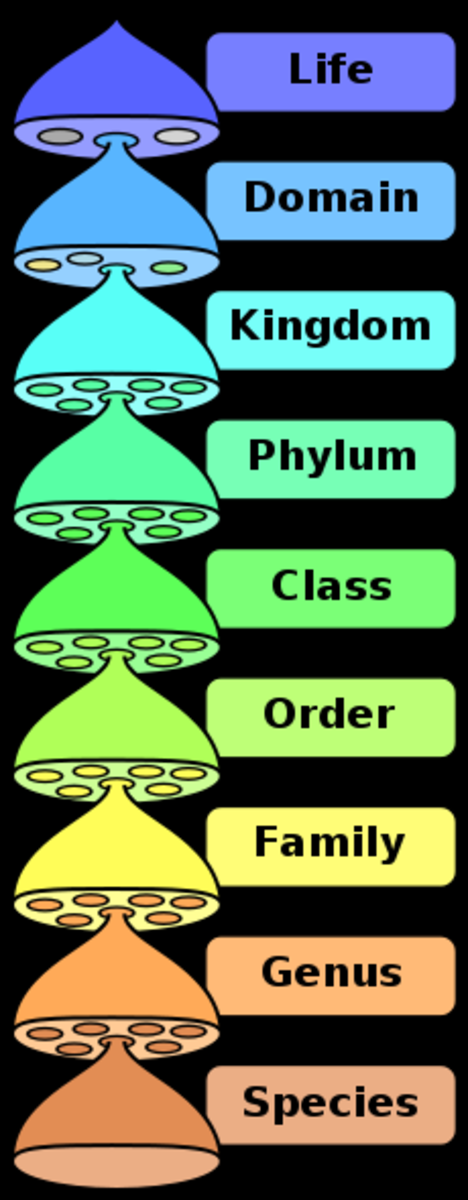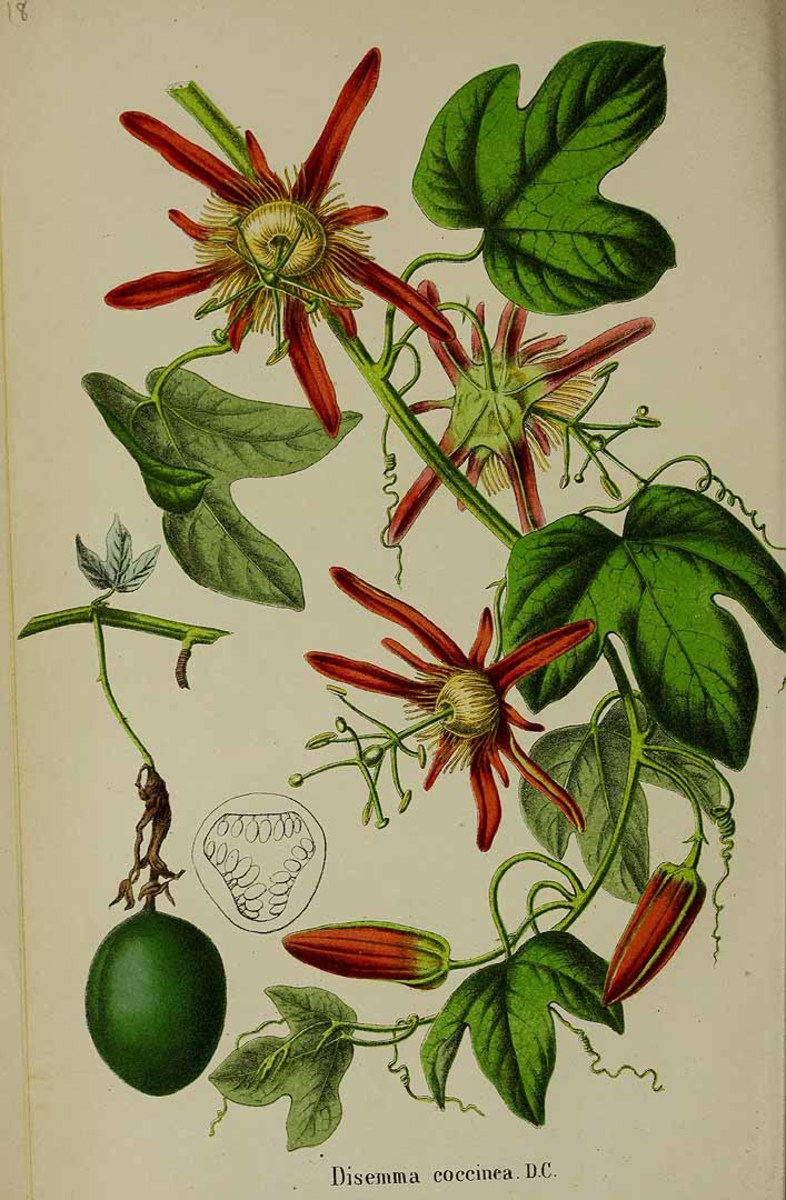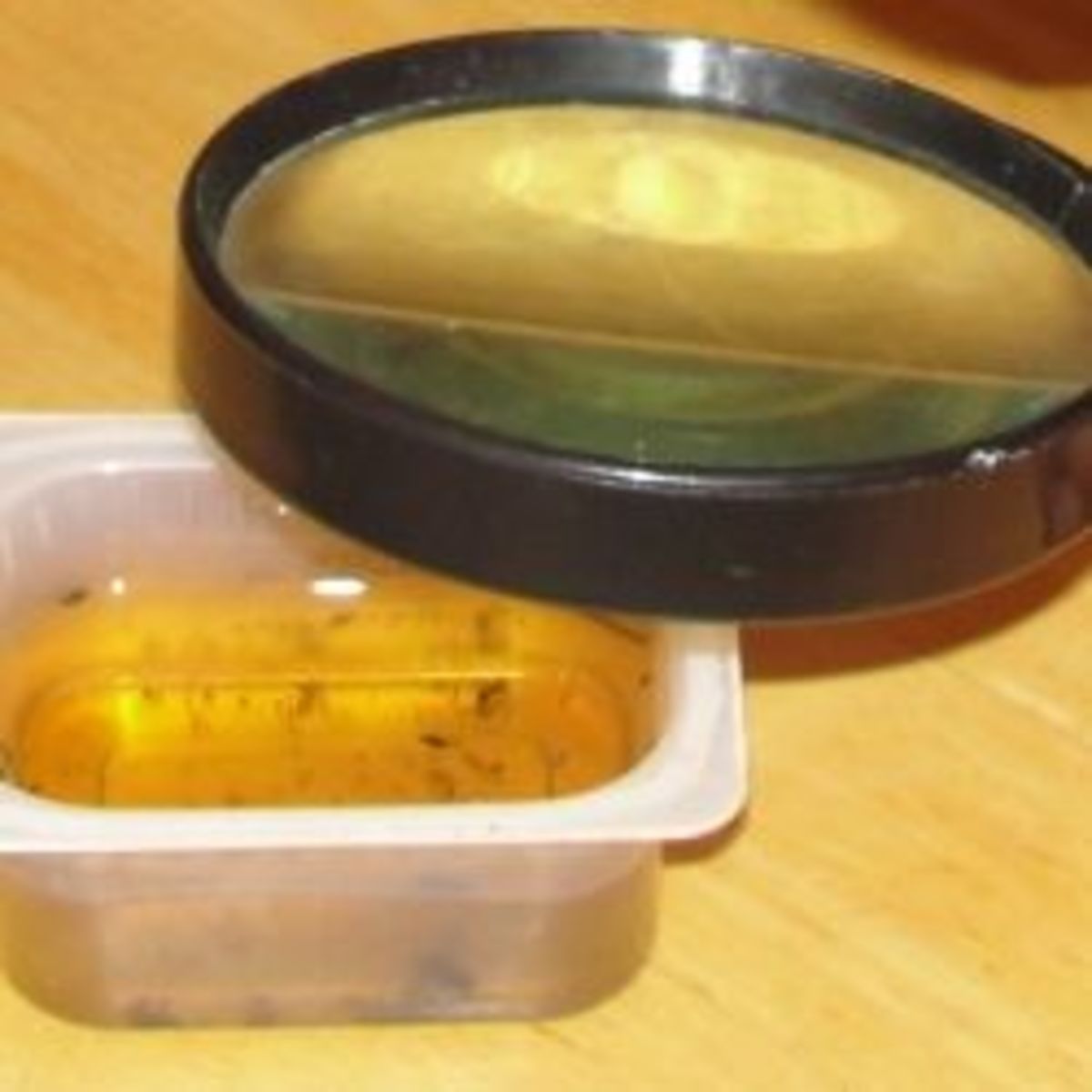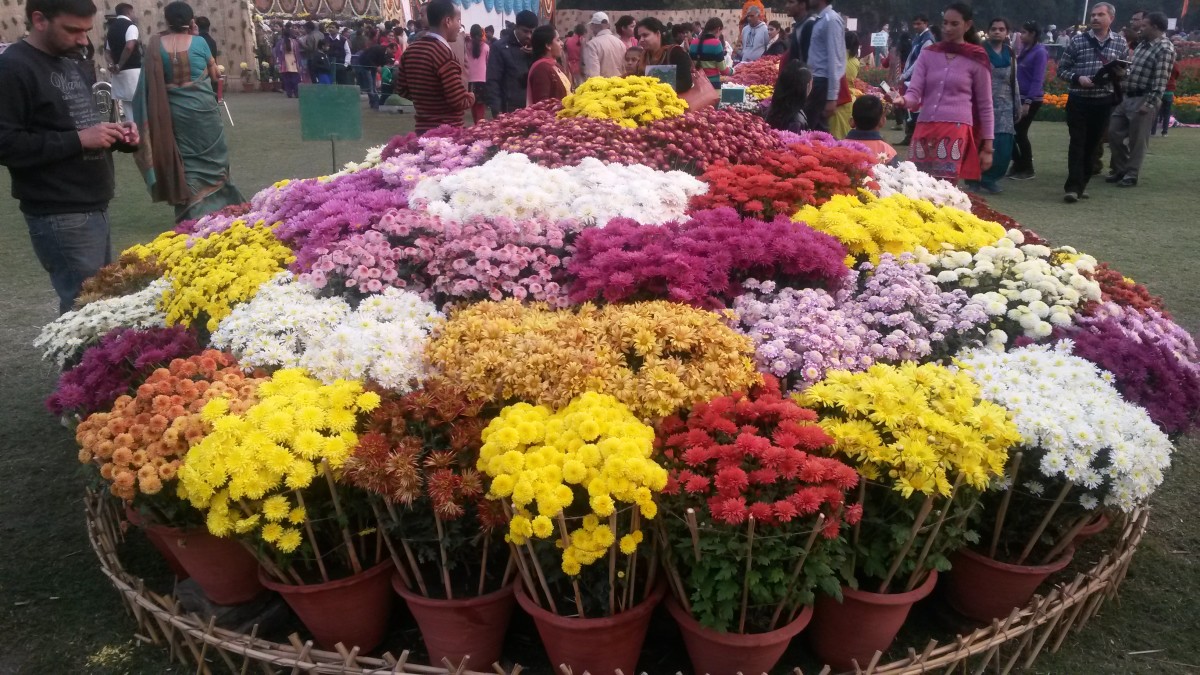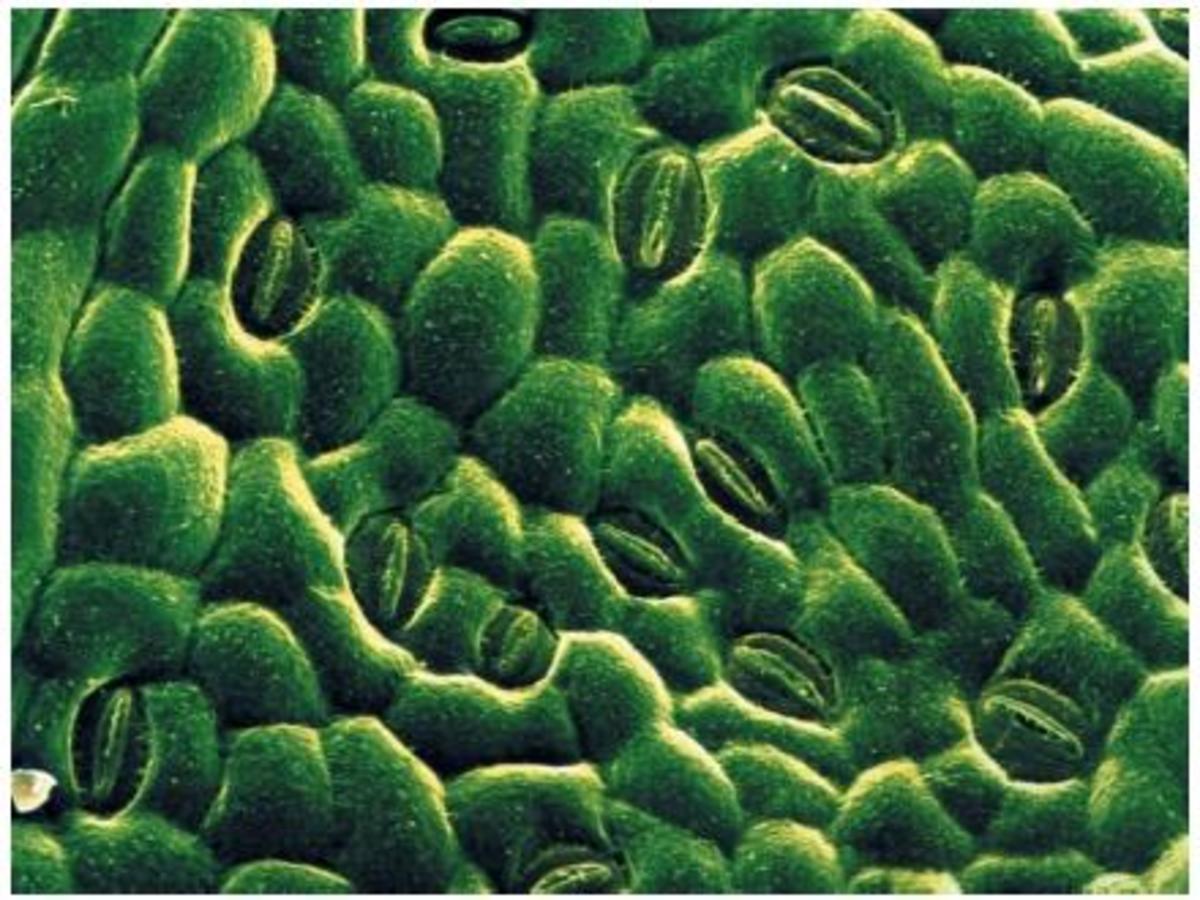Plant Taxonomy
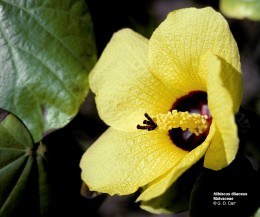
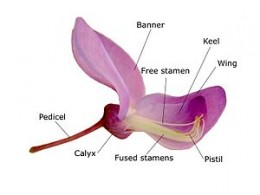
We are familiar with plants like Mandara, Gongura, Lady’s finger, pulses like red gram, green grams and Groundnut etc. some of them are grown as ornamental plants and many of them used as vegetables in the preparation of curries, pulses in preparation dal, edible oils in cooking and in other food items.
These food items are originally prepared from different parts like, leaves, fruits and seeds of respective plants. Interestingly the vegetative and floral parts of these plants show some peculiarities in their structures. For e.g. mandara flowers are usually large, attaractive and they show numerous ‘monadelphous stamens’ and in plants like Chikkudu, Vempli flowers show ‘Papilionaceous Corolla’.
These plants are belonging to the families Malavaceae and Favaceae respectively and are economically very important as they are the good source of vegetables, fibers, proteins and oils.
So let us discuss about the various aspects of taxonomy and vegetative and floral characteristics of the members of these families.
The study which deals with the identification, nomenclature, and classification of plants based on their similarities and differences is called ‘Taxonomy’ or Systematic Botany.
During 1300 B.C. Parasara who is regarded as the father of Botany in India, gave a detailed account of several medicinal plants in his book Vrikshayurveda.
Alpha and Omega Taxonomy:
Alpha taxonomy: Taxonomy purely based on morphological characters.
Omega taxonomy: Taxonomy based on information from embryology, cytology, photochemistry, paleontology etc. apart from morphological characters importance is given to phylogeny.
I. Identification:
Determination whether a collected plant is entirely new or already knows is called Identification. It can be done with the help of Herbarium and Flora.
Herbarium is a collection of dried and preserved plant specimens which are arranged according to system of classification. Flora is a book containing the details of the habitat and distribution of plants of a particular area.
Indian Botanical Garden (IBG) which is located at BSI, kolkata helps in identification of plants in India.
II. Nomenclature:
Providing a correct scientific name to an identified plant. It is necessary for proper
communication and identification of taxa.
Binomial Nomenclature:
Gaspard Bauhin used only two words for the first time and introduced the binomial system. However, binomial system was strictly followed by Carolos Von Linnaeus in his book ‘Species Plantarum’.
In this system every plant name will have two words and invariably they should be in Latin. The first word will be the name of the genus and the second word will be the name of the species. For e.g. the name of the potato plant is Solanum tuberosum.
Naming of all plants should be done in accordance with the principles laid down by international code of Botanical nomenclature (ICBN).
ICBN Rules:
1. Every plant should have only one correct name.
2. The scientific name must be in Latin.
3. Binomial nomenclature system must be used for naming.
4. The scientific name should be either underlined or published in Italics.
5. The author’s name way be given in abbreviated form at the end of scientific name. e.g: Pisum Sativum L. (L for Linnaeus).
6. According to ICBN, Tautonyms are not valid in plant nomenclature. It the generic name and specific name are exactly same it is known as tautonymy. E.g. Malus malus
III. Classification:
Assigning the plants to specific groups on the basis of their similarities and
dissimilarities. Linnaeus, who is known as “Father of Modern Taxonomy” propose certain specific principals of classification for the first time.
System of classifications:
Can be grouped into three types. They are:
1. Artificial systems:
It is based on one or few comparable characters like morphology, nutritional habit
etc. eg: 1. Theophrastus who is known as ‘Father of Botany’ proposed a system classification of plants on the basis of form into trees, shrubs, herbs etc. which is given in his book ‘Historia Plantarum’.
e.g.: 2. Sexual system was given by Linnaeus.
2. Natural system:
Plants are grouped on the basis of their natural relationships taking into
consideration of all possible morphological characters. E.g.: Classifications of by de Jussieu, de Candolle, Benatham and Hooker.
3. Phylogenetic system:
Plants are grouped using data from different branches of Botany apart from the
vegetative and floral characters reflecting genetic and evolutionary relation ships among the taxa. Hence these are also known as “Multidisciplinary or Synthetic systems”. E.g. classifications of engler and prantl, Hutchinson.
Units of Classification:
Systems of classification is made up of different units, which are arranged in hierarchial sequence. ‘species’ is the basic unit of classification, while the ‘kingdom’ is the largest taxon.
Bentham and Hooker’s System of classification:
Bentham and Hooker published a natural system of classification in ‘Genera Plantarum’ and divided the flowering plants into three classes namely Dicotyledonae, Gymnospermae and Monocotuyledanae.
The Dicotyledonae are characterised by taproot, reticulate venation, tetramerous or pentamerous flowers, two cotyledons in the seed. This class is sub divided into three sub classes namely polypetalae (petals are free), Gamopetalae( petals are fused and stamens are epipetalous) and Monochlamydae.
Polypetalae is divided into three series namely Thalamiflorae, Disciflorae and Calyciflorae.
The systematic position of the Family-Malvaceae- Class: Dicotyledonae, sub class: Polypetalae, Series: Thalamiflorae, order: Malvales and the Family- Fabaceae- class: Dicotyledonae, sub class: Polypetale, Series: Calyciflorae and order: Rosales.
Description of the Families – Malvaceae and Fabaceae:
characters
| Malvaceae
| Fabaceae
|
|---|---|---|
1. Vegetative
| Plants body is covered by stellate hairs. Tissues contain mucilaginous cavities.
| Roots bear root nodules wit symbiotic nitrogen fixing bacteria, Rhizobia, and also a pink pigment called Leghaemoglobin.
|
2. Flowers
| Bracteoles from a whorl outside the calyx which is called ‘Epocalyx’. Epocalyx is absent in sida and Abutilon. Pentamerous, bisexual and hypogynous.
| Zygomorphic, bisexual, pentamerous and perigynous. Petals-5, free, Papilinaceous corolla, Posterior petals is largest called ‘Vexillum’ or Standard petals known as ‘wings or Alae’. Anterior two petals ‘Keel or Carina’. Descendingly imbricate aestivation.
|
3. Androecium
| Stamens are numerous, epipetalous and monodelphous ( Hibiscus ), amonothecous anthers.
| 10 stamens, Diadelphous ( Dolichos, Tephrosia ) or monodelphous ( Crotalaria, Arachis )
|
4. Gynoecium
| Syncarpous, ovary superior, Axile placentation.
| Monocarpellary with unilocular and half inferior ovary. Pollination is by ‘Piston mechanism’. Marginal placentatio.
|
5. Fruits
| Loculicidal capsule ( Abelmoschus ), Schizocarp ( Abutilon )
| Legume or pod ( Pisum, Cajanus, Dolichos )
|
Economic importance of Malvaceae:
Gossypium species give cotton fibres which are used for making cloth and beds.
Hibiscus canaabinus (gongura) is useful as a leaf vegetable and also yields fiber
Hibiscus rosa- sinensis (mandara), althea rosea are grown as ornamental plants.
Fruits of Abelmoschus esculentus (lady’s finger) are used as vegetables.
Abutilon and sida are used as medicinal plants.
Economic importance of Fabaceae:
Fabaceae is economically very important family. Members of this family are a good source of proteins, oils, vegetables, timber and fibres.
1. Vegetables- Pods of Dolichos (Chikkudu), Glycine, Leaves of Trigonella, (Menthulu-seeds are used as condiment and medicine) and seeds of Pisum.
2. Pulses- Rich source of proteins and the useful part is cotyledons of the seed. E.g: Cajanus cajan, cicer aeritinum etc.
3. Edible oils- Arachis hypogea (ground nut oil from seeds), Glycine max (soya bean oil from seeds).
4. Fodder- Crotalaria and Phaseoulus.
5. Fibers- Crotalaria sun- hemp is used in making ropes.
6. Green manure- Sesbania (Avisa) and Tephrosia (Vempalli).
7. Crop rotation- Due to their nitrogen fixing ability, several crops is used in crop rotation.
8. Blue dye- Indigofera tinctorea, which is used as a fabric whitener.
9. timber yielding plants- Pterocarpous santalinus (red sanders). Wood is used for r making musical instruments and Dalbergia latifolia (rose wood), is used for making furniture.

